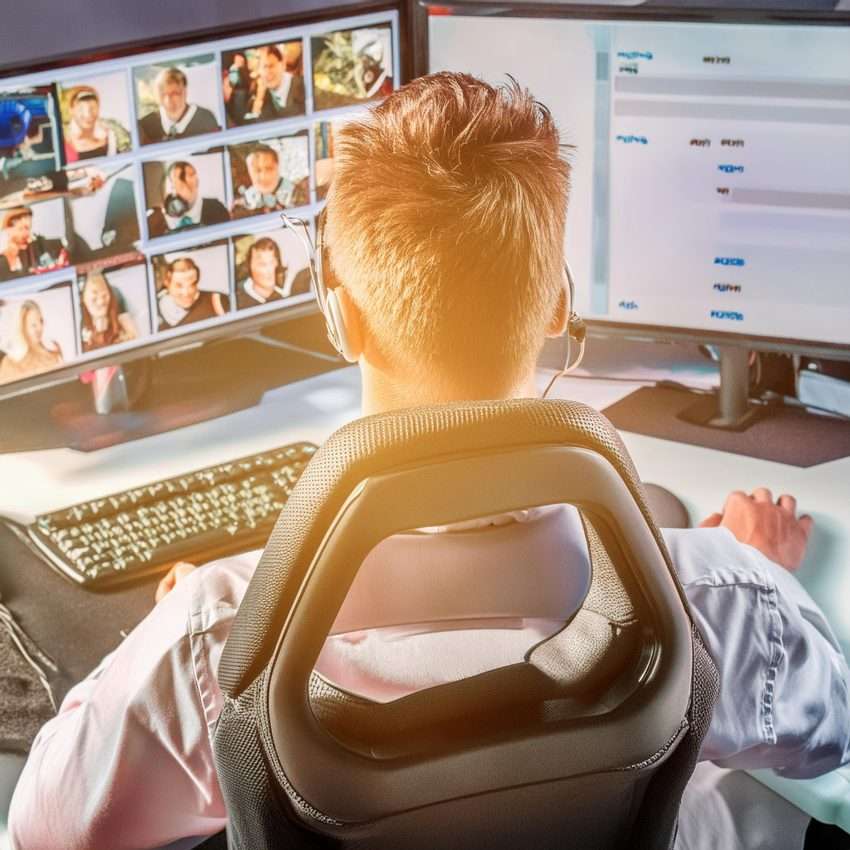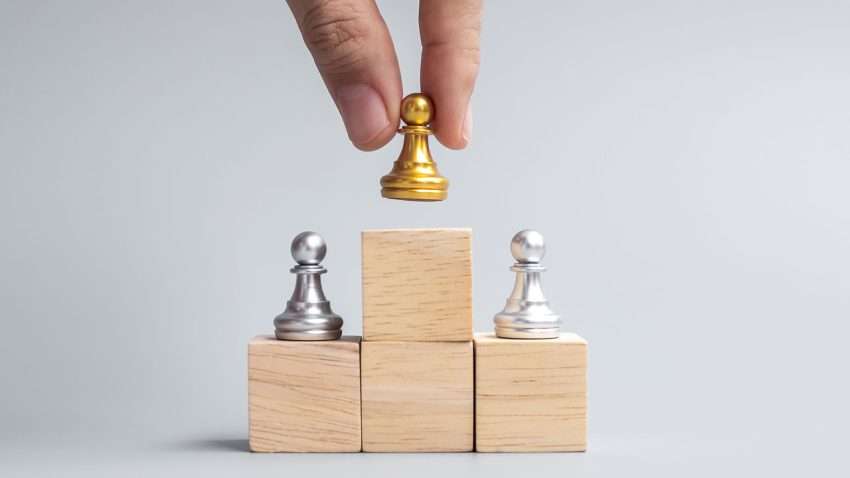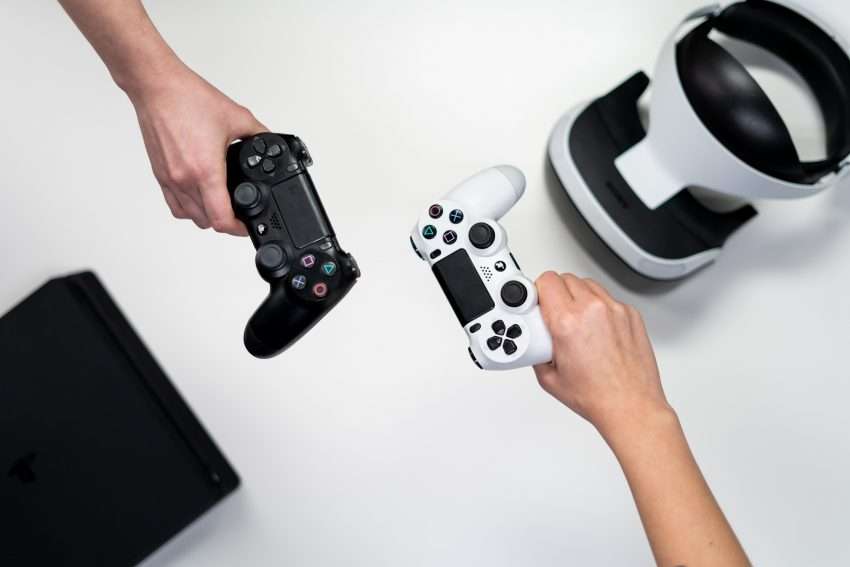Game-based learning vs classroom training. The arrival of new learning methodologies responds to a reality: new generations need to learn in a different manner. The so-called ‘Millennials’ demand other kind of stimulus, different and better than the passivity of a classroom course. Video game is the trend that is here to stay, as shown by the latest studies.
The MIT (Massachusetts Institute of Technology) revealed back in 2010 data from a study carried out with a 19 year old college student, whose brain behavior was analyzed for a week. The team of scientists found that the brain activity of the student when attending a classroom lecture was the same as when watching television: almost zero.
If the classroom teaching model does not work anymore among young people (or at least, not for every one of them), it is no wonder that we are witnessing the birth of new trends meant to transform training. One of these new disciplines is neuroeducation or neurodidactics.
José Ramón Gamo, director of the Master in Neurodidactics of the Rey Juan Carlos University in Madrid, emphasizes the advantage of being able to monitor the brain activity of students while performing tasks. Why is this important? Simply because it means obtaining information about which methods are the most effective when learning.
Gamo’s team and the Rey Juan Carlos University could see that in primary school classes in Spain, 50% of the time is spent by the teacher talking; this figure increases to 60% in secondary school, while in high school it rises to almost 80%. Is this methodology scientifically justified? The answer is NO.
It may interest you: Why Do Video Games Help Students Learn?
When it comes to learning new things, the human brain uses the right hemisphere, related to creativity and images, but not to linguistic processing: this means that, no matter how much teachers may talk, students do not always retain knowledge.
Studies by MIT and Gamo’s neurodidactics, as well as other platforms such as Neurok or Gamelearn, point to the same place: game-based learning is necessary to learn better and stay motivated. This “learning through playing” methodology incorporates visual aids, videos and more interactive and participatory concepts. The result is a more complete learning model, which is adaptable and effective. You can learn more about them in two very recommendable Spanish blogs: Escuela con Cerebro and Pizarras Abiertas.
If you have got this far, you probably know that we learn best by seeing and doing, let alone by playing. The best example of this “learning through playing” theory is in video games. Currently, almost 60% of the population is familiar with video games and the workforce of the most important companies around the world is around 30 years old on average. Within 10 years, millennials will be 75% of the workforce. That is why the game has become the new strategy of Human Resources departments.
The study by Tracy Sitzmann [“A Meta-Analytical Examination of the Instrucional Effectiveness of Computer-Based SImulation Games”, 2011] states that games are the best way of learning. Game-based learning, when compared to traditional training…
- Increases up to a 20% the self-confidence of the student.
- Improves conceptual knowledge by an 11%.
- Improves retention of learned content by a 90%.
- Enhances practical knowledge by a 20%.
- Generates up to a 300% more of completed tasks.
In Gamelearn we are pioneers in game development for corporate training. Merchants, Triskelion and Pacific are the games by the platform that offers to thousands of companies worldwide a revolutionary methodology and, as we have seen, culture of leadership in the coming years.





